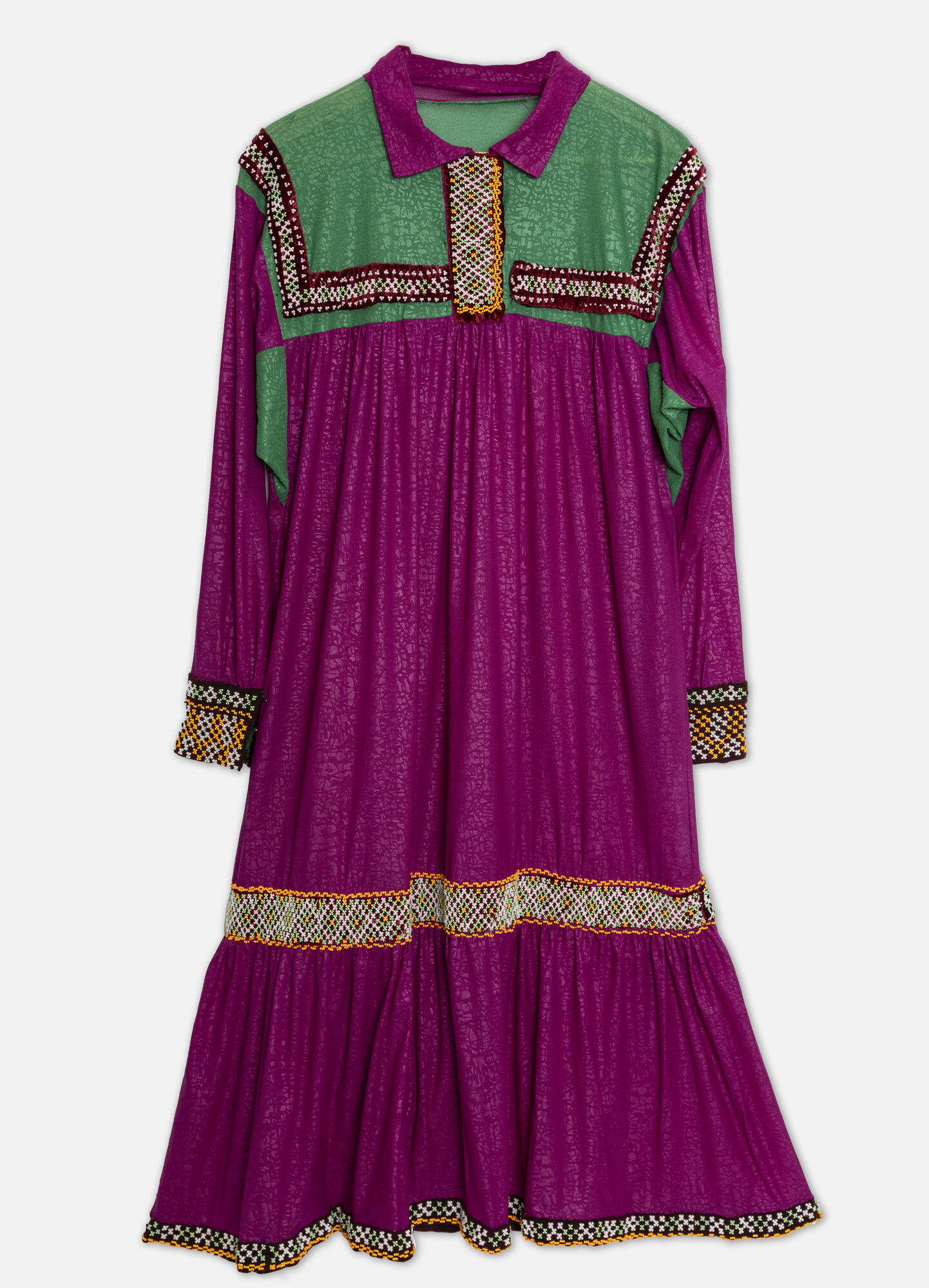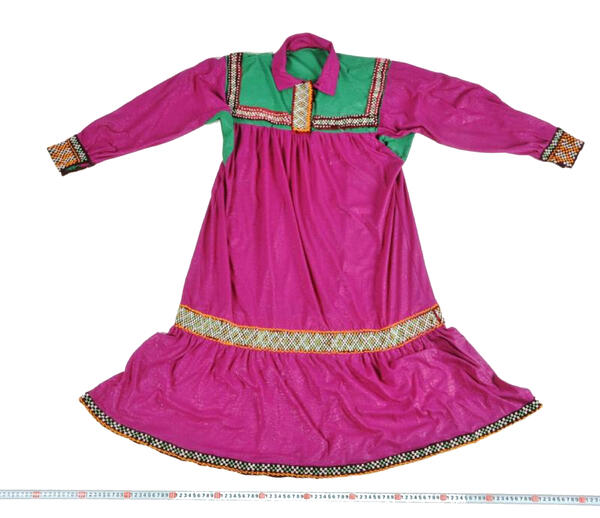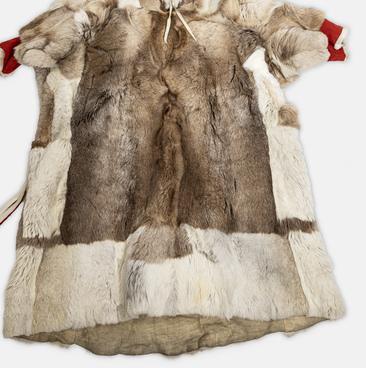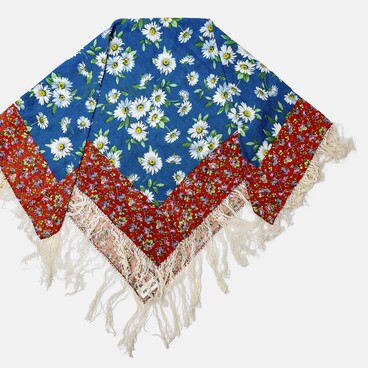The national clothing of the Ob Ugrians has developed over many centuries. Sewing is the main female skill that is taught to girls from the age of five. Each woman always carries a special leather or fur bag with sewing accessories, and the craft is handed down from generation to generation.
Many traditions are still preserved — the Agan Khanty and Forest Nenets sew beautiful traditional dresses. Everyday clothes are made of calico, satin, and flannel, while festive clothes are made of expensive silk.
Khanty and Nenets clothing is characterized by bright and vibrant colors. Each color has its own symbolic meaning: green represents plants, blue — the sky, red — fire and life, yellow — the sun. For the indigenous peoples of the North, these symbols are very important and are manifested in clothing, jewelry, decoration of cradles and other household items.
Clothing is decorated with fabric mosaics, embroidery, decorative patterns, and beads. Men’s shirts are made of the same cotton fabric as women’s robes. They are decorated with fine patterns or strips of different fabric and appliqués along the hem. The cut of a Khanty woman’s dress is very simple. This is due to the fact that Khanty women used to sew clothes for the entire large family and mend fur winter clothes, footwear, and reindeer hides used as walls of the portable chum tent. As a result, they did not have any time to spare to decorate their own outfits.
On average, it takes a woman three days to sew a traditional dress. Beaded ribbons and other elements are prepared in advance, in winter, when there is less outdoor work. Each Khanty woman owns an average of five dresses and four saks — summer and winter outerwear with a front opening.
The dress from the collection of the Ethnographic
Museum of the Varyogan Village has a straight cut — a yoke at the top, with the
bottom part gathered below. The gusset is usually made of a contrasting color.
The sleeves are long, with cuffs and lowered shoulders. The dress has a placket
with fasteners in the front, a turn-down collar, and a flounce at the hem. The
front and back are made of a single piece of fabric with a seam on the left
side. There are beaded strips of cotton fabric at the hem, around the hips, at
the cuffs, yoke, and at the top. It uses a “lul” decorative pattern.



